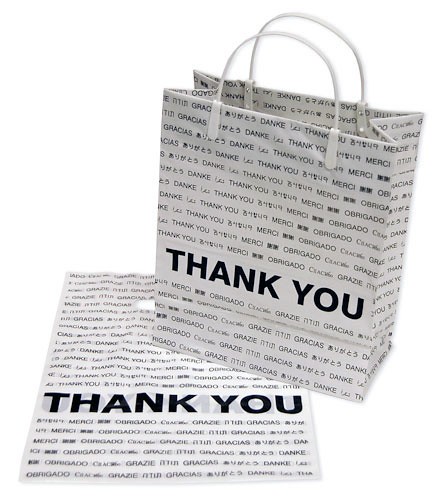Business cards
Dos and Don’ts
Do have a business card, even if you don’t yet have a business off the ground. There is nothing worse than people who go to networking events and don’t have business cards. Go get plain cards with your name, phone and email at the very least. When you are more set up then spend more money.
Do use both sides of the card. The other side can hold more information about your services. It is extra real estate space, use it.
Don’t make your cards super unusual. Cards that are odd sizes, vertical instead of horizontal or folded are hard to put away easily. Most people either put them in a Rollodex of some sort or scan them. If your card is too small or too big for these applications it will get lost. I particularly hate vertical cards and folded cards.
Do use a professional design. When possible, hire a graphic designer to do your entire letterhead package. It looks nicer.
Don’t go too cheap. Unless you are brand spanking new, don’t go for the cheapest black ink on white crappy paper cards from your inkjet if you can all avoid it. It looks, well, cheap.
Don’t use other people’s cards. If you work for yourself do not under any circumstances just fill out your name on someone else’s card. Looks bad.
Do make sure you have the correct information. By this I mean, your card should have your name, company name, phone number, email address, at a minimum. You can add street address, fax, cell phone number, Twitter handle, and other info.
Don’t sacrifice legibility for information. If you have to use a ridiculously small point size to fit in too much information on the card, forget about it. The point of the card is to let people find you EASILY, without the help of a magnifying glass.
I have said it before and I will say it again, if you are in business of any kind, you need a business card. It is an easy way to provide other people your information. Before you go to your next networking event, take a look at what you are giving out. Does it help or hinder you?
About Deborah Brody
Deborah Brody writes and edits anything related to marketing communications. Most blog posts are written under the influence of caffeine.



